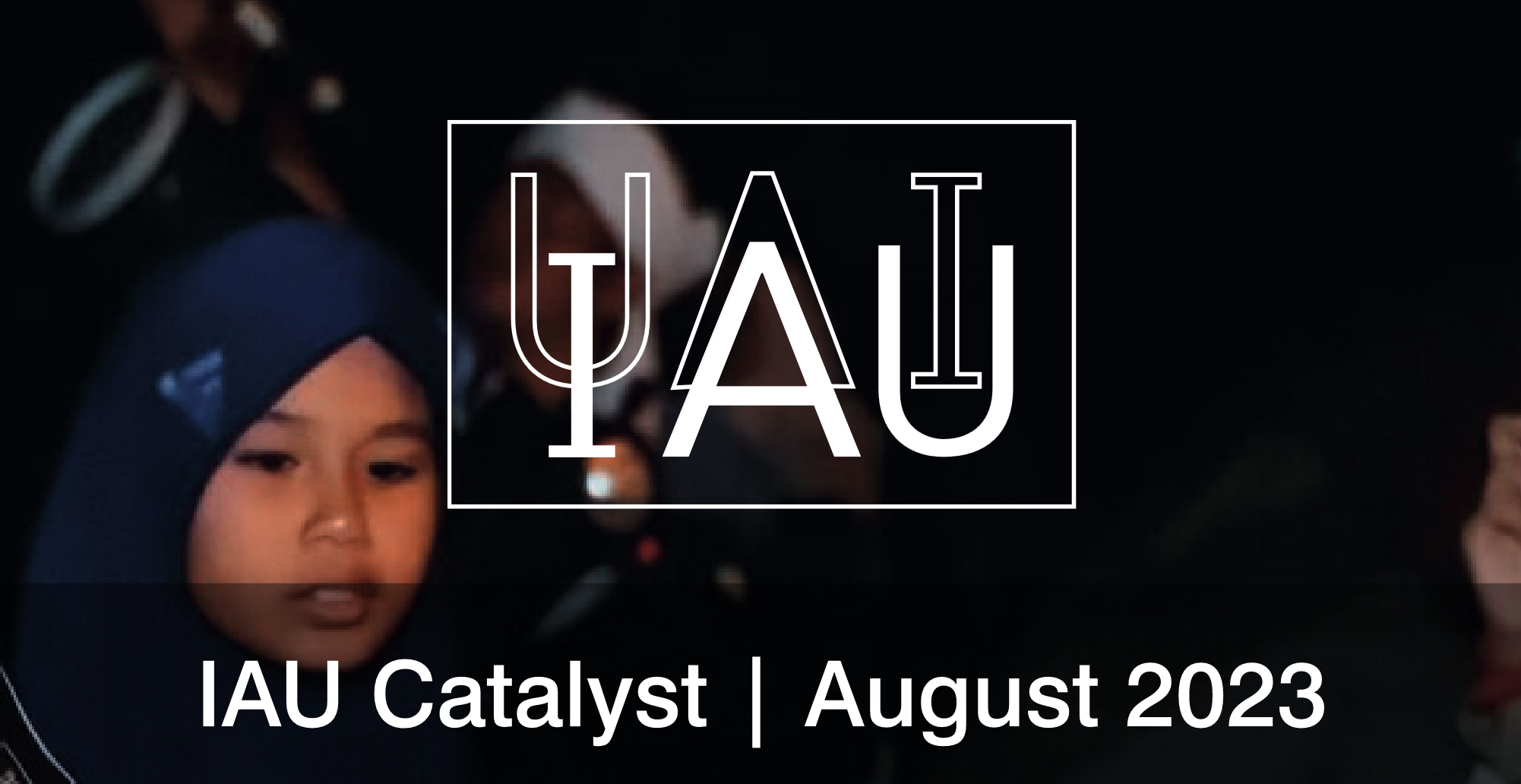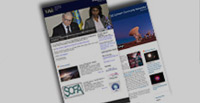- News
- Science
- Scientific Bodies
- Divisions
- Commissions
- Commission A1 Structure
- Commission A2 Structure
- Commission A3 Structure
- Commission A4 Structure
- Commission B1 Structure
- Commission B2 Structure
- Commission B3 Structure
- Commission B4 Structure
- Commission B5 Structure
- Commission B6 Structure
- Commission B7 Structure
- Commission C1 Structure
- Commission C2 Structure
- Commission C3 Structure
- Commission C4 Structure
- Commission C5 Structure
- Commission D1 Structure
- Commission E1 Structure
- Commission E2 Structure
- Commission E3 Structure
- Commission E4 Structure
- Commission F1 Structure
- Commission F2 Structure
- Commission F3 Structure
- Commission F4 Structure
- Commission G1 Structure
- Commission G2 Structure
- Commission G3 Structure
- Commission G4 Structure
- Commission G5 Structure
- Commission H1 Structure
- Commission H2 Structure
- Commission H3 Structure
- Commission H4 Structure
- Commission J1 Structure
- Commission J2 Structure
- Commission J3 Structure
- Commission X1 Structure
- Commission X2 Structure
- Past Commission Organising Committees
- Working Groups
- Centres
- Scientific Meetings
- Rules & Guidelines
- General Assemblies
- Meeting Proposals
- Future IAU Meetings
- General Assemblies
- EC Meetings
- Officers' Meetings
- Regional Meetings
- Symposia
- Focus Meetings
- Institutional Meetings
- IAU Offices Meetings
- IAU-Sponsored Meetings
- Letters of Intent submitted for 2024
- Letters of Intent submitted for 2023
- Letters of Intent submitted for 2022
- Letters of Intent submitted for 2021
- Letters of Intent submitted for 2020
- Past IAU Meetings
- Templates
- Other Meetings
- Grants & Prizes
- Scientific Bodies
- Publications
- IAU Publications
- IAU Strategic Plan
- Symposia
- WGSBN Bulletins
- Regional Meetings
- Information Bulletins/Catalyst
- E-Newsletters
- Focus Meetings
- Transactions A
- Transactions B
- Related Publications
- GA Newspapers
- CAPjournal
- IAU Books
- Brochures
- IAU Offices
- WG Reports
- Commission Reports
- Division Reports
- Past IAU Publications
- Rules, Guidelines and Instructions for Proceedings
- Publishers
- IAU Publications
- Administration
- About the IAU
- Statutes & Rules
- IAU Policies
- IAU Executive Bodies
- IAU Secretariat
- Resolutions
- Members Administration
- Administrative Dates & Deadlines
- International Organisations Relations
- Donate to the IAU
- Training in Astronomy
- Astronomy for Education
- Astronomy for Development
- Astronomy for the Public
- Office for Astronomy Outreach
- FAQ
- Themes
- Satellite Constellations
- Astronomy in Everyday Life
- How to Report a Discovery
- Careers in Astronomy
- Defining our Place in the Cosmos
- The Constellations
- Light Pollution
- Measuring the Universe
- Near Earth Objects
- How to Participate in Astronomy Research
- Naming of Astronomical Objects
- Naming of Exoplanets
- Buying Star Names
- Naming Stars
- Pluto and the Solar System
- IAU Member Statistics
- Our Moon: the Moon
- Meteors & Meteorites: The IAU Definitions of Meteor Terms
- UNESCO-IAU Portal to the Heritage of Astronomy
- Social Media
- Past Events
- Call for Online Resources
- Astronomy@Home Awards
- Contact
IAU Focus Meetings (GA)
FM 17: Advances in Stellar Physics from Asteroseismology
Start date/time
August 12, 2015
End date/time
August 14, 2015
Place
Honolulu,
United States
Contact
Simon Jeffery
csj@arm.ac.uk
Event website
http://www.arm.ac.uk/iau_asteroseismology/
Coordinating Division
Division G Stars and Stellar Physics
Other Divisions:
J
Co-Chairs of SOC:
Simon Jeffery (Armagh Observatory)
Joyce Guzik (Los Alamos National Labor)
Topics
- Advances in understanding stellar evolution from pulsations: the solar-stellar connection, main sequence stars, massive stars, evolved stars, white dwarfs and compact objects.
- The impact of asteroseismology on stellar physics: convection, rotation, opacities and the equation of state.
- Asteroseismology and multiple-star and planetary systems: binary stars, clusters and galaxies, structure and evolution of the Galaxy, exoplanet science.
- Observational highlights and prospects: including COROT, KEPLER, MOST, BRITE, GAIA, ASAS, OGLE, SDSS, PTF, SAGA, K2, SONG and the LSST.
Rationale
A sound knowledge of the structure, formation and evolution of stars underpins most astronomical science, starting from the origin of the elements and the search for extrasolar planets, through the structure and evolution of galaxies and the cosmological distance scale to the evolution of the early Universe. The theory of stellar structure successfully reproduces many of the observable properties of most types of stars and predicts their internal properties with some confidence. However, such predictions rely on physical properties of stellar plasmas that can only be deduced from theory, since conditions inside stars are mostly inaccessible in a laboratory. Perhaps fortunately, a consequence of the same physics is that many stars oscillate at frequencies governed by their internal structure, which provides direct and precise tests for that theory.
The last decade has seen a revolution in the use of asteroseismology as a powerful probe of stellar structure, evolution and physics in general. Measurements by photometric missions including Kepler, CoRoT and MOST have capitalized on the ideal conditions in space for measuring small-amplitude multi-frequency oscillations. This will continue with the recent and imminent launches of further satellites including BRITEConstellation and GAIA, while a successful K2 proposal offers prospects for unprecedented studies of stellar types and galactic environments not found within the original Kepler field. Ground-based synoptic programmes, including both massive surveys and multi-site campaigns, provide additional volume and spectroscopic information, as well as longer baseline coverage. A sample of the projects is illustrated by the contributions of ASAS, OGLE, PTF, SAGA, SDSS, SONG and the LSST, to name a few.
This revolution in observational technology and the resulting precision and abundance of data is making an immediate and direct impact on our science. Inter alia, it has advanced the study of small-amplitude solar-like oscillations in main-sequence stars and giants, discovered new classes of pulsating variable, and provided insight into the internal structure of stars across the Hertzsprung-Russell diagram.
As a consequence, we can explore the microphysics of stars in ways hitherto impossible. The contribution of iron-group lines to stellar opacity is well documented, but observations continue to confront atomic theory with new challenges. For example, the instability regions for main-sequence B-type pulsators are still not fully consistent with any current opacity calculations. Resolving such questions is necessary, for example, to explore the internal chemistry of white dwarfs and hot subdwarfs, and to explain the non-linear behaviour of classical Cepheids and RR Lyrae stars. In convection, traditional one-dimensional treatments using mixing-length theory are being replaced by three-dimensional radiationhydrodynamical calculations; asteroseismology is able to restrict many of the parameters required in such calculations for dwarfs, giants, and white dwarfs. Asteroseismology also opens up the possibility to explore internal rotation structure in stars other than the Sun, and to probe the influence of rotation and magnetic fields on the internal properties of stars. Indeed, we would know very little about such physics without studies of pulsating stars.
This new large-volume high-precision asteroseismology capability has broader implications for the science of multiple systems (including planets), star clusters, and galactic populations. The precise dimensions of host stars are prerequisite to the study of exoplanets and to dynamical studies of multiple-star systems. Large-volume studies of individual stars can provide direct tests for population-synthesis studies of Galactic structure and evolution. Combining information from spectroscopy and asteroseismology enables the identification of different populations and the exploration of the chemodynamical evolution of the Galaxy.
This focus meeting will take place two years after the extremely successful IAU Symposium 301 ‘Precision Asteroseismology’ held in Wroclaw, Poland, in 2013, August. It will serve four functions:
- A synoptic review of the current state of stellar physics across the HR diagram as derived from the most recent advances in asteroseismology,
- A forum for astronomers working in high-precision pulsation science to review recent progress from current and recent missions in this dynamic field,
- A critical examination of the interface between the properties of pulsating stars and the physical processes that govern their internal structure,
- Within the context of the IAU GA, highlight and explore synergies with other fields.
It is proposed that the focus meeting last three days covering topics in four major areas:
- Advances in understanding stellar structure and evolution from pulsations,
- The impact of asteroseismology on stellar physics,
- Asteroseismology, multiple-star systems, and galactic physics,
- Highlights and prospects from multi-site campaigns and synoptic surveys.
Each topic will be introduced by invited review papers, briefed to address the functions outlined above, with unsolicited contributions making up at least one half of the programme.

















